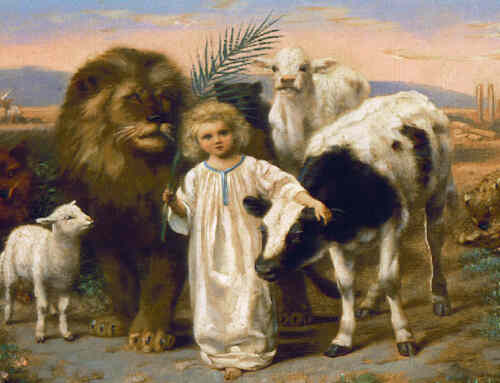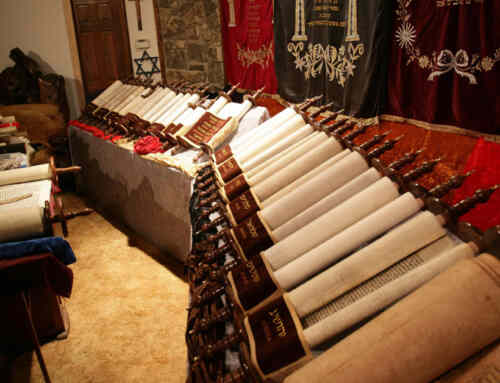Through God’s guidance and power, Moses led the descendants of Israel out of Egypt, where they had lived for several generations. The people expected Moses to lead them to the land God had promised to their ancestor, Abraham (Genesis 17:8, Exodus 3:7-8). Through God’s guidance, Moses did indeed do so, but the journey was much longer and more difficult than the people expected. These hardships periodically caused the people to become discouraged and grumble, despite the victories and blessings they received from God. Once such incident is recorded in Number 21:4-5. Frustrated with their journey, the people began to speak out against Moses and even God.
Numbers 21:6 records that God “sent” a plague of snakes among the people. The bites of the snakes were so venomous that many of the people died from them. This experience caused the people to regret their actions, and, coming to Moses, they confessed their sin of speaking against God, and asked Moses to pray for deliverance from the snakes.
Moses prayed for the people in Numbers 21:7, and the next verse describes how God instructed Moses to have a figure of a serpent made and to mount the serpent onto a pole. He then instructed through Moses that anyone who has been bit by one of the snakes should look at the snake figure mounted to the pole to be saved from death.
Numbers 21:9 records that Moses followed God’s instructions and created “a serpent of brass.” Brass is an alloy, or mixture, of copper and zinc. Its properties, as well as its golden appearance, made it valuable and useful to the people of the Old Testament, and it remains so today. Some translations use “bronze” or “copper,” and in fact, Strong’s Exhaustive Concordance says this for the Hebrew word:
nekh-o’-sheth; #H5154; copper, hence, something made of that metal, i.e. coin, a fetter; figuratively, base (as compared with gold or silver):—brasen, brass, chain, copper, fetter (of brass), filthiness, steel.
Copper in the Tabernacle is symbolic of a perfect human life, so this would tie in nicely.
Moses put this brazen serpent onto a pole, as God had commanded, and verse 9 ends with God’s words coming true. Anyone who was bit by one of the snakes and looked at the brazen serpent on the pole lived instead of dying.
Many centuries later, Jesus had a conversation with a man named Nicodemus who had come to visit Jesus during the night. Nicodemus, having been convinced by the miracles that Jesus performed, believed that Jesus had been sent by God (John 3:1-2). During the conversation, Jesus refers to this account of Moses (John 3:14-15) by comparing himself to that serpent in the wilderness. The brazen serpent, when lifted up onto the pole, had the power through God’s grace to deliver people from otherwise certain death. However, the people first had to look at the serpent. There is an intrinsic demonstration of faith in this action. The dying person has to demonstrate faith in God’s power in order to be saved.
Nicodemus was a Pharisee (John 3:1) and thus well acquainted with the histories and scriptures that form our Old Testament of today. In comparing himself to the brazen serpent, Jesus was using an account Nicodemus was doubtless familiar with to convey an important lesson about himself (Jesus). Although Nicodemus showed faith by expressing his belief that Jesus had been sent by God, Jesus took the opportunity to explain why he was sent. This leads to the well-known scripture of John 3:16, that whosoever believes in Jesus as the means to salvation shall find it.
An act of faith of looking at a brazen serpent as commanded by God provided a small group of people with salvation from certain death. Jesus’ death provides salvation from death to all mankind (1 Corinthians 15:22) and either now, or in the future, all will have the opportunity to look up, demonstrate their faith and embrace salvation.














